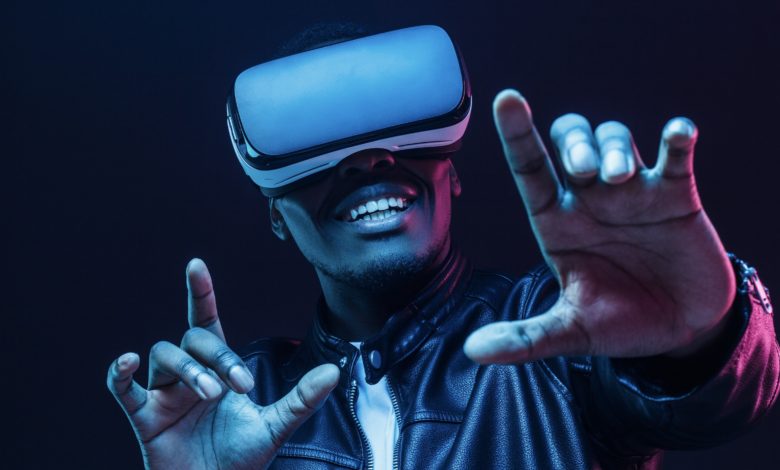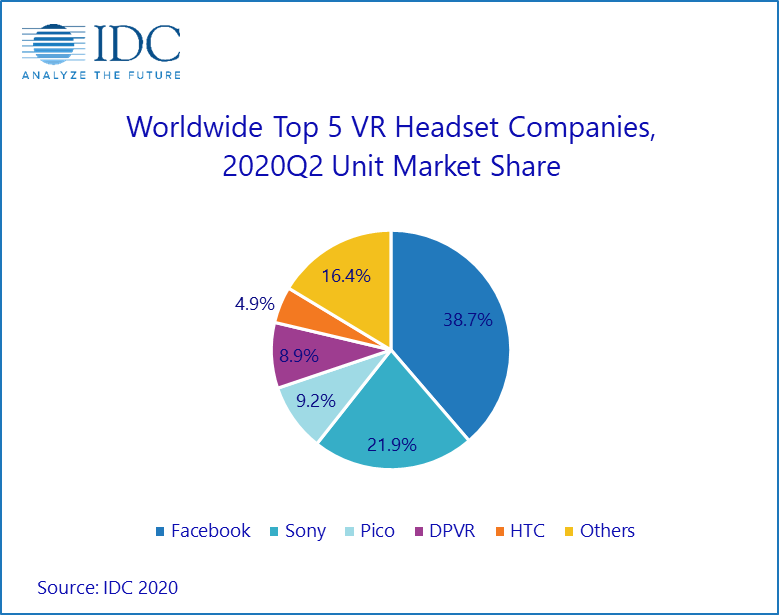
Market intelligence firm International Data Corporation (IDC) released its worldwide quarterly augmented and virtual reality headset tracker which has indicated that the market for virtual reality (VR) headsets is set to decline by 6.7% in 2020 before returning to double-digit growth of 46.2% in 2021.
The market intelligence firm claims that the tracker used for these predictions provides accurate and timely market size, vendor share, and forecasts for hundreds of technology markets from more than 100 countries around the globe.
Tom Mainelli, Group Vice President for Device and Consumer Research at IDC explained what the results could mean for the VR market by saying: “We’re seeing increased interest in VR from both consumer and commercial buyers. However, a confluence of events made for a tough first half of 2020 in terms of headset unit volumes, even as demand increased. We expect a sizeable increase in shipment volume during the second half of this year as production ramps up and new products launch into the market, and VR should see a return to robust growth in 2021.”
COVID-19 has given VR the opportunity to show its worth with businesses implementing the technology alongside augmented reality (AR) with the aim to provide businesses a way to visualise events, concerts, products, training programmes, and gaming.
Although the market intelligence firm has highlighted the VR market is set to decline in the short term, there are a number of investors and businesses that would appear to be bullish for the outcome of the market for the long term going off the investments and acquisitions.
IDC wrote that it expects shipments of VR headsets to grow rapidly with a compound annual growth rate (CAGR) of 48% from 2020 to 2024 as consumer and enterprise audiences continue to invest in the technology.
There has been evidence in this prediction from the market intelligence firm as in May 2020, Apple acquired the startup VR video streaming service NextVR while the virtual concert provider Wave raised $30m in a Series B funding round in June 2020.
The categories that were highlighted in the market intelligence firms quarterly AR and VR headset tracker were standalone VR, tethered VR, and screenless viewers from companies that include Pico Interactive, DPVR Europe, HTC, Facebook, and Sony.

IDC gave commentary on each category that includes highlighting that Facebook has found itself in a precarious position as the market intelligence firm claimed its the leading business in the standalone VR market, product launches such as HP’s new Reverb G2 might help a rebound in the tethered VR category, and that it expects screenless viewers to decline in popularity.
Jitesh Ubrani, Research Manager for IDC’s Mobile Device Trackers gave insight into why the market could see this expected growth by saying: “While gaming remains at the forefront of consumer VR, other use cases such as virtual concerts and virtual workouts are also starting to resonate with buyers. Meanwhile, many enterprises continue to ramp up their use of VR with training, collaboration, design, and manufacturing use cases driving momentum. We expect the commercial segment to grow from 38% of the worldwide market in 2020 to 53% by 2024.”
IDC explained that the market has faced a temporary setback this year which has been a result of supply chain disruptions that have impacted volumes in the early months while expected product transitions have apparently slowed the market mid-year.
The market intelligence firm claims that its trackers are updated on a semiannual, quarterly, and monthly basis to give predictions and insights, such as this one on the VR market, in an accurate and timely market size from hundreds of technology markets that include more than 100 countries around the globe.





One Comment